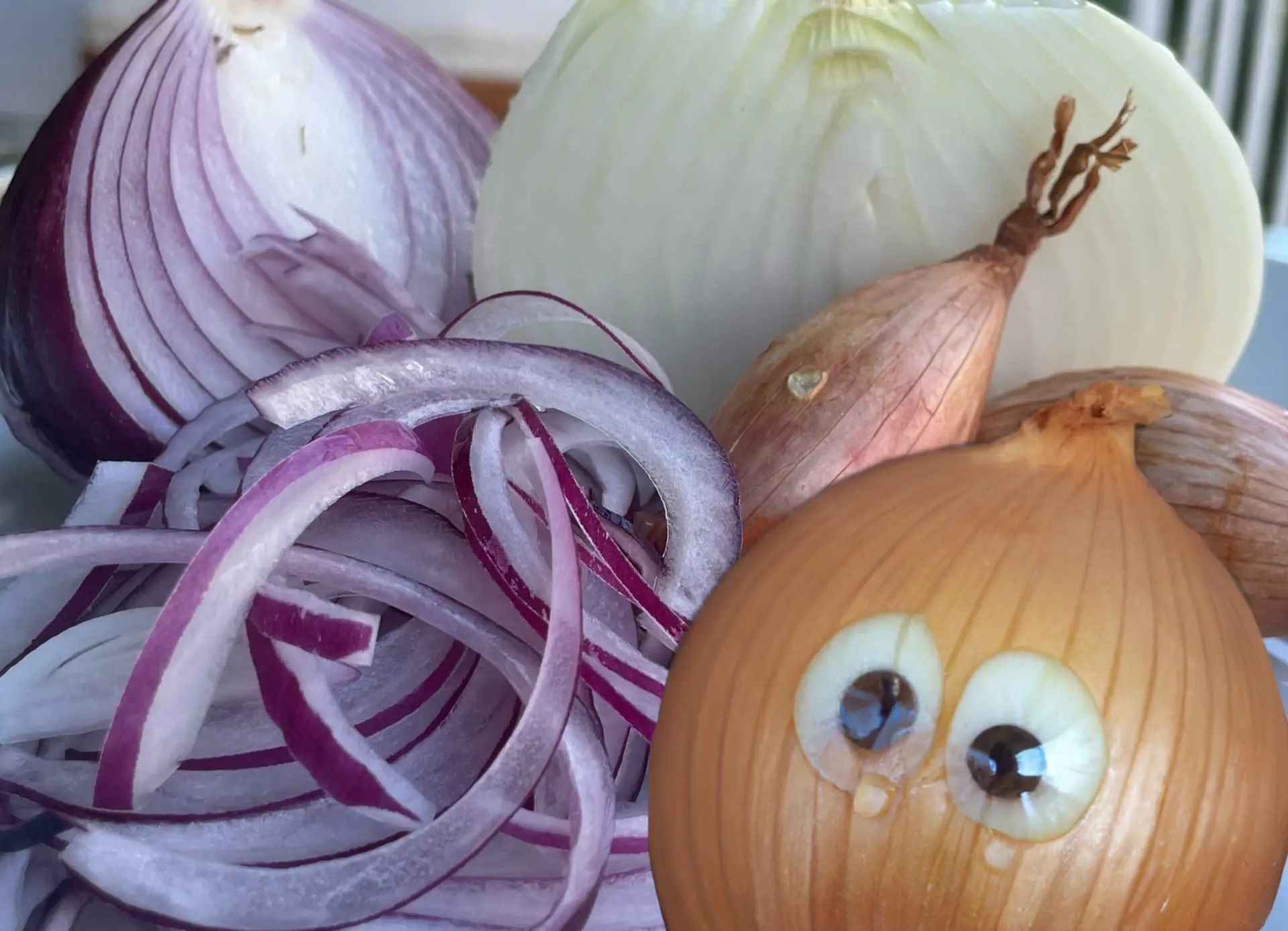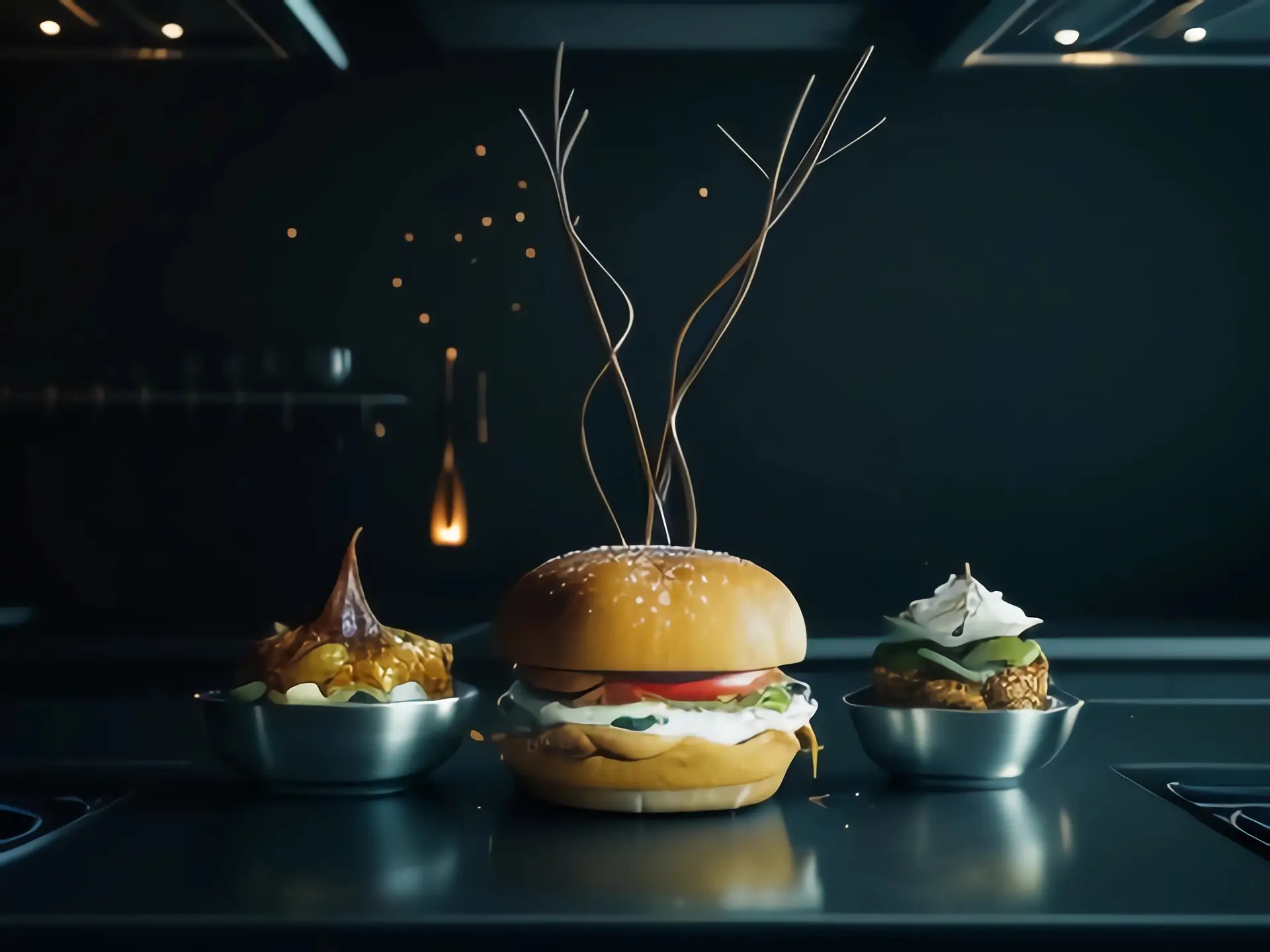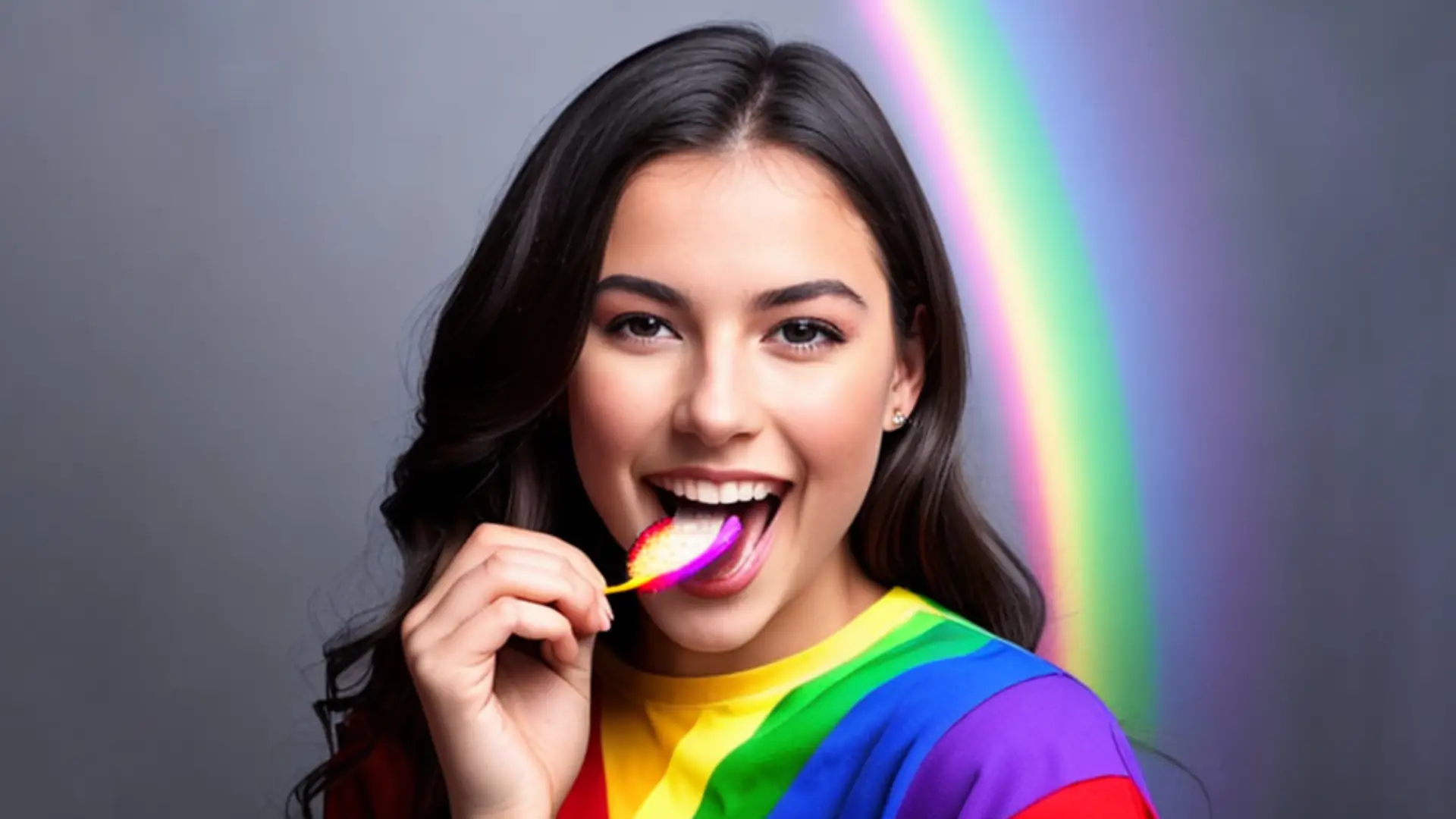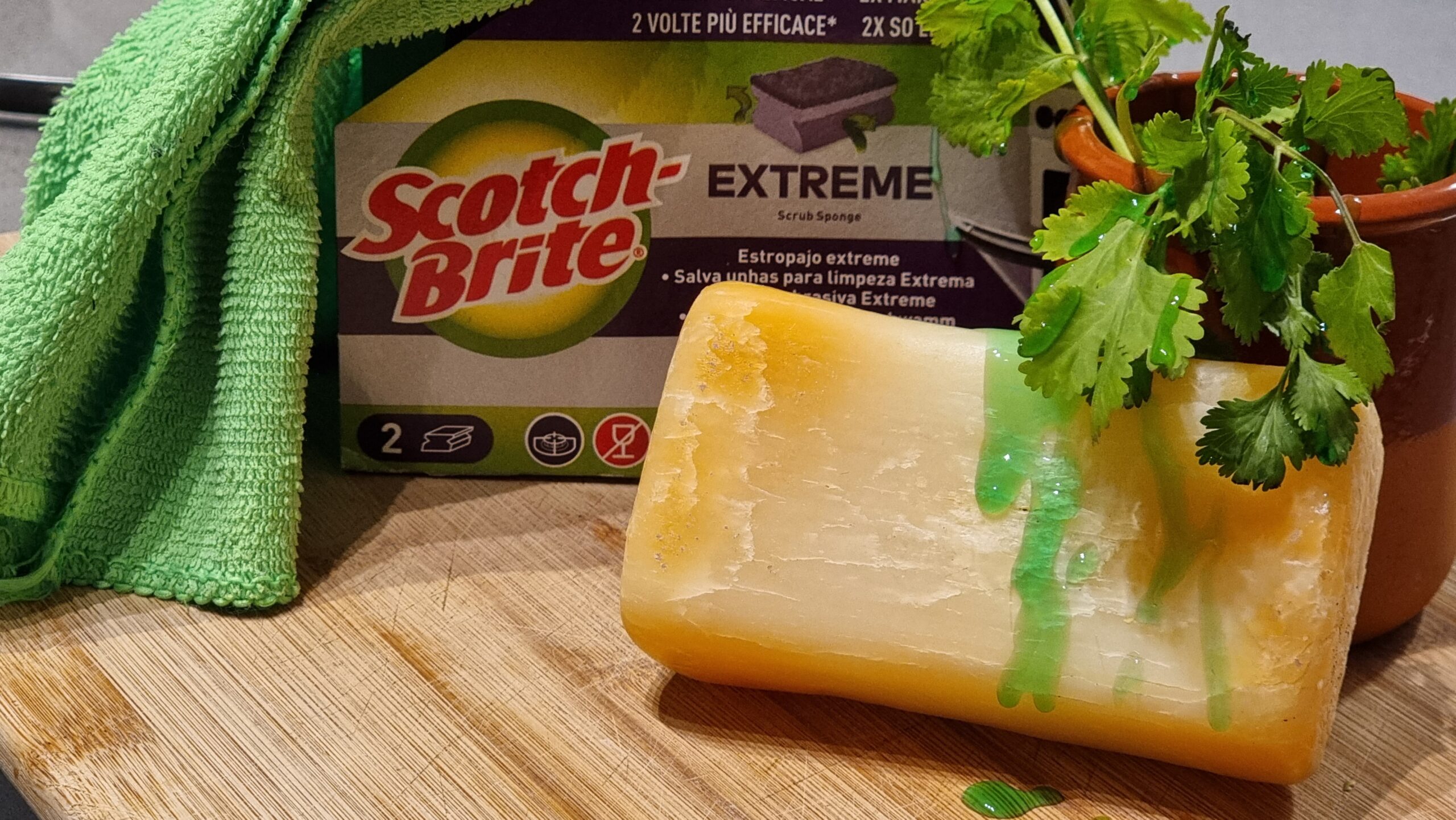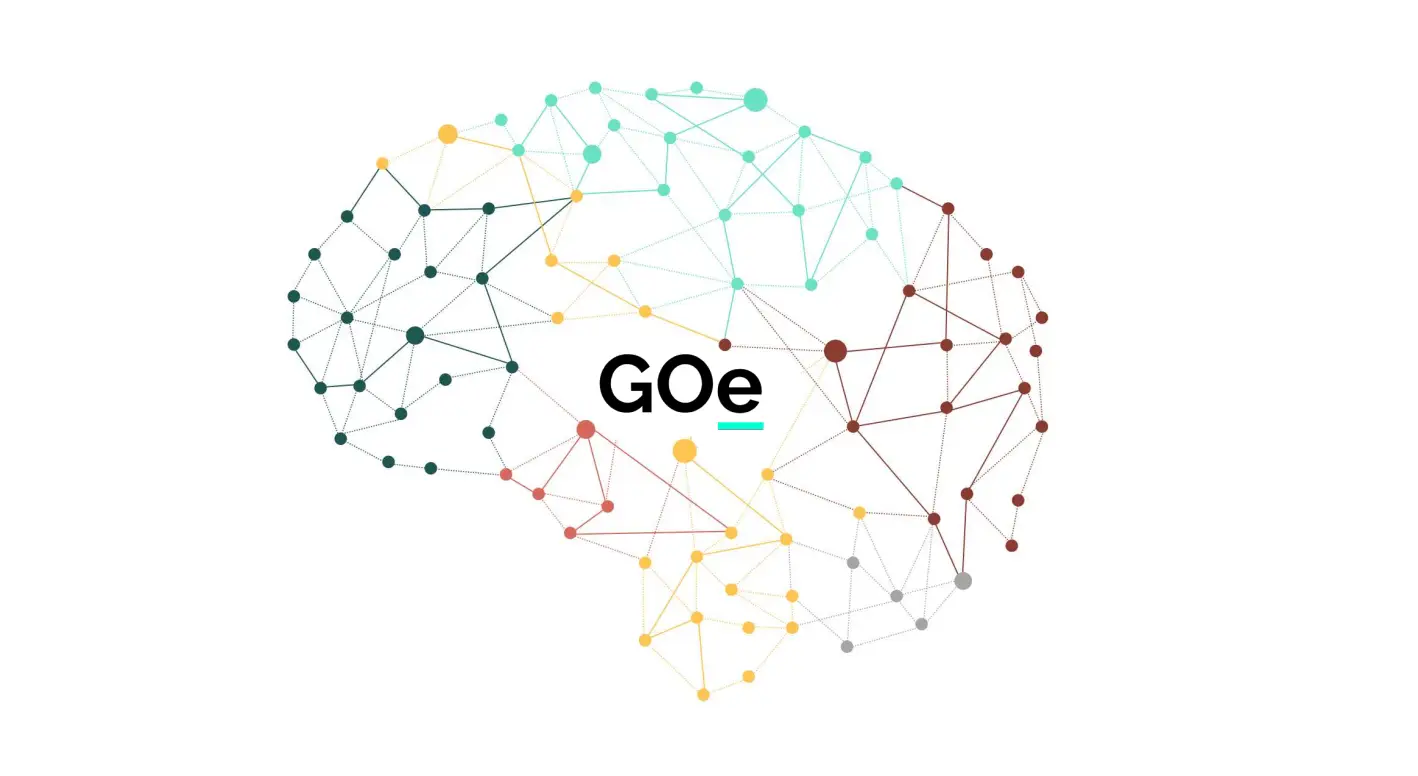How do we perceive smells?
Recently I started reading about smells and our nasal perceptions and I realized that in all of this, I’ve missed some of the major experience-changing factors of cooking and dining. Our good old nose when takes in those osmocosmic molecules (see McGee, 2020, here), either from the front or from the back of the mouth (retronasal passage) plays, as of yet, the most prominent role in our overall perception of flavor and taste of the food.

We all know that smell of food is a mixture of many many molecules (no 2-ATOMS molecule has a scent, at least for humans, think of O2, N2, H2, etc.) that are difficult for our brain to differentiate, so even with this most specific and discriminating sense of ours, it’s very difficult for us to smell smells as a mixture. Though we casually say that foods “have” flavors and flowers “have” smells what they have are volatile molecules. Sensations and perceptions smell and tastes and flavors, are the products of our brain.
Our brain doesn’t report the direct data or reports of the receptor but actively creates smells, tastes and flavors by filling out those reports with many other kinds of available information, especially information from its database of past experiences. So when our smell receptors receive a signal, it triggers an electrical signal or pulse with a duration of a minute fraction of a second and sends it to a particular part of the brain, now nerve cells in this area organize and collect and send it to other areas and so forth. Eventually, in a split second, the brain processes the mainstream of signals and integrates them into a sensation which is called a flavor “image” or “object”, according to neurologists, that we consciously perceive. And part of that sensation is an association with an action that triggered it. And for the new smells, our brain stores the new information for the next time (let’s hope it doesn’t forget it!). And hence, we don’t NORMALLY experience the aroma of coffee as different molecules that it consists of, but just as . . . coffee.
Also, our database is highly affected by the reports from the eyes and ears and all the other senses but in the end, it presents us with an executive sensation of organizing, comparing, and contrasting. For all its remarkable powers, the human brain can’t keep a tab on everything that’s going around at a moment, it has to simplify and focus. Our senses are present in a system of constantly changing environment and are at all times collecting data, interpreting it, and functioning the way they do. The primary function of the smell was to distinguish between toxic and nourishing food and not to dissect the smells of wine or coffee into their constituents. But neither was hearing a base to form spoken languages, so connoisseurs will continue to dissect and study the effects of each molecule because that’s what science is all about exploration!
References:
McGee, H. (2020). Nose dive: a field guide to the world’s smells. Hachette UK.


